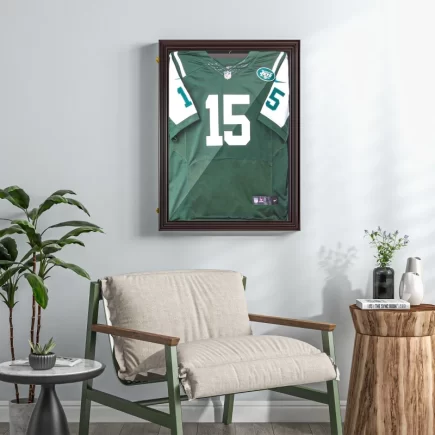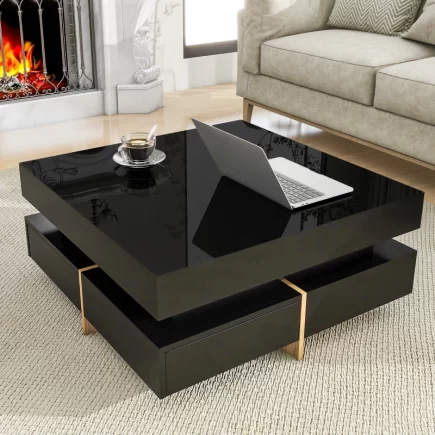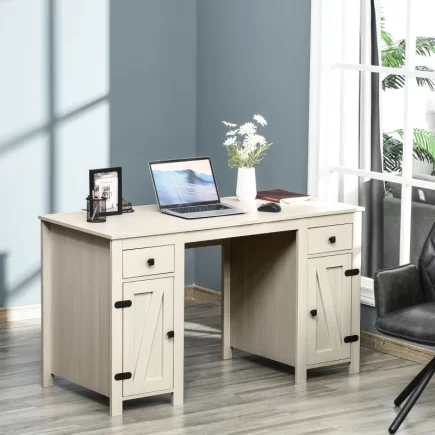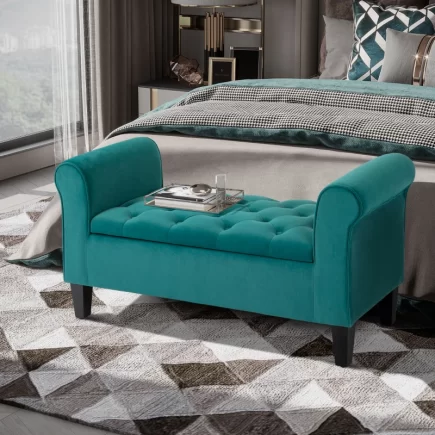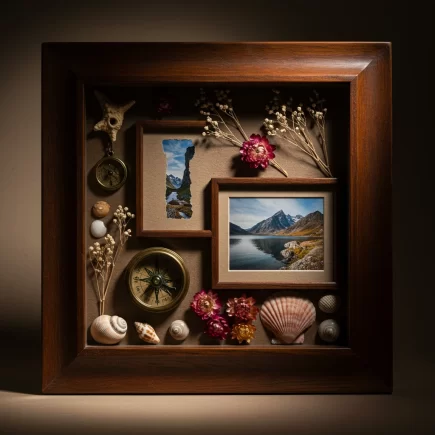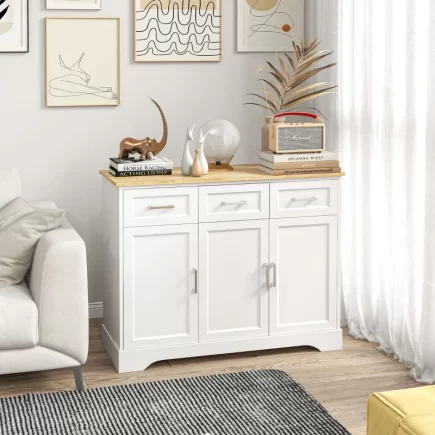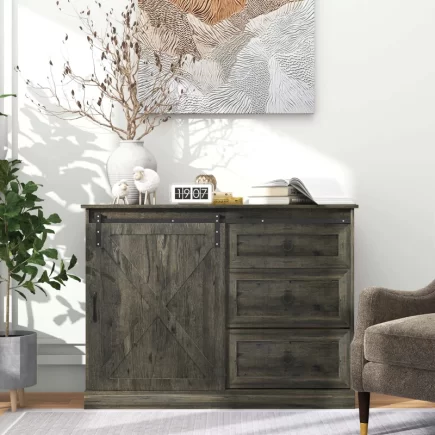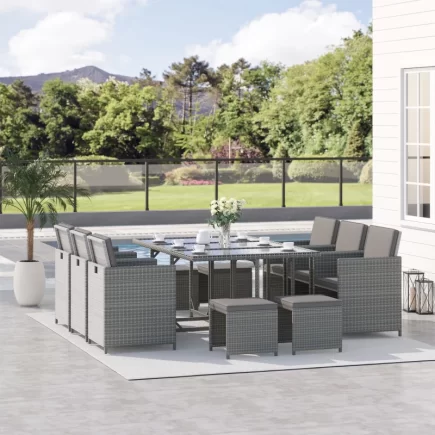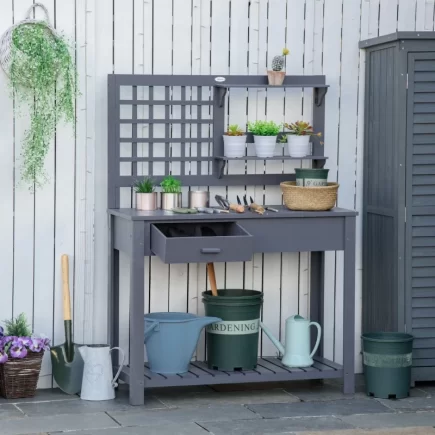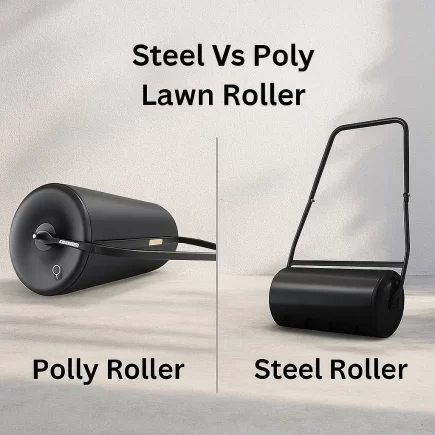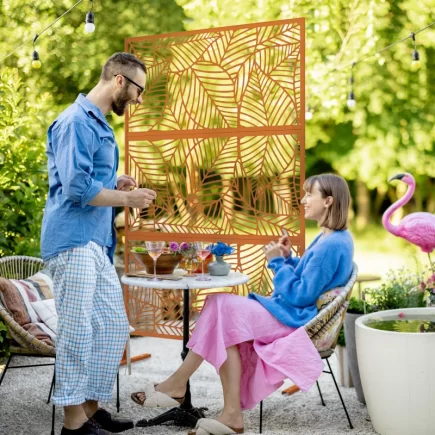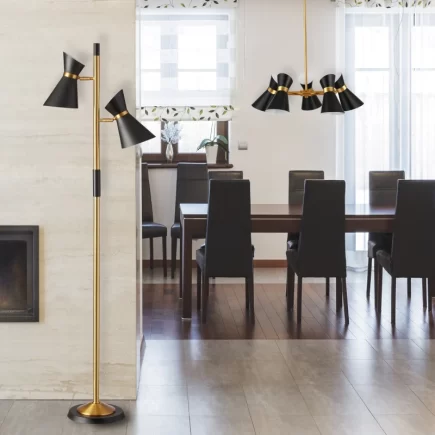
A slipcover may be your best-kept secret. One of the most efficient ways to refresh a space is by updating existing pieces, and slipper chairs are perfect candidates. Thanks to their armless design, compact silhouette, and versatile appeal, they’re incredibly easy to transform.
Tools and Materials Checklist
Before you begin, gather your essentials. This ensures smoother progress and fewer interruptions.
Essential Tools and Supplies

- Fabric (pre-washed)
- Fabric scissors
- Measuring tape
- Sewing pins or clips
- Sewing machine
- Iron & board
- Zipper foot
- Piping cord
Right Fabric for Slipcovers

Your fabric choice will determine the durability, comfort, and look of the finished product. Choose neutral shades for timelessness, or bold prints to make a statement. Be sure to pre-wash your fabric to prevent shrinkage. Consider these factors when shopping:
| Fabric Type | Best For | Notes |
| Cotton duck | High traffic, families | Durable, easy to sew, washable |
| Linen | Light, airy looks | Wrinkles easily, but elegant |
| Canvas | Pets and daily use | Tough, heavyweight |
| Twill or denim | Casual, slip-resistant | Adds structure; moderate difficulty |
| Drop cloth | Budget projects or rustic styles | Affordable, works well for practice |
Step-by-Step Slipcover for a Slipper Chair Sewing Guide
Measuring Your Slipper Chair
To ensure your slipcover fits correctly, take the following measurements:
1. Seat
- Measure the width from one side of the seat to the other.
- Measure the depth from the front edge to the backrest.
- Measure the height from the floor to the top of the seat cushion.
2. Backrest
- Measure the height from the top of the seat to the top edge of the backrest.
- Measure the width of the backrest at its widest point.
3. Overall Chair Height
- Measure from the floor to the top of the chair. This helps determine the total fabric needed, especially for full-coverage designs.
4. Side Panels
- Measure the width of each side panel.
- Note any curves or angles that may require extra fabric or special cuts.
Add at least 1 inch seam allowance to every edge. You can use a muslin or sheet to mock up the shape before cutting your final fabric.
Creating the Slipcover: Sewing Process
Step 1: Drape and Rough Cut Fabric

Start shaping each slipcover section by creating oversized pieces of fabric tailored roughly to your chair’s structure.
1. Lay the Fabric on the Chair Sections:
- Start with the seat. Drape a large piece of fabric over it, ensuring it reaches past all edges, front, back, and sides.
- Move on to the chair back. Drape another piece over it from top to bottom, covering the seat.
- Finally, cover the sides, laying fabric over each side panel from the seat line down to the bottom of the chair.
2. Cut Generously:
- Use sharp fabric scissors
- Cut roughly around each shape, adding at least 2 to 3 extra inches on all sides. This provides you with sufficient room to create seam allowances and make fitting adjustments.
3. Label the Pieces:
- Write directly on the wrong side of the fabric with chalk or a washable fabric marker. Mark them as “Seat,” “Back,” “Left Side,” and “Right Side” for easy identification.
Step 2: Pin Fabric Inside-Out

Shape and align the slipcover sections by pinning them directly on the chair while the fabric is wrong-side-out.
1. Position the Fabric Wrong-Side-Up
All the fabric pieces should be inside-out while working. This ensures that when the slipcover is flipped right-side-out later, the seams are hidden and the correct side of the fabric is exposed.
2. Pin the Fabric Together at Seam Lines
- Start by pinning the seat piece to the side pieces along the seams where they naturally fall.
- Continue with the back panel, pinning it to both the seat and side panels.
3. Tighten the Fit with Darts
- If the fabric bubbles or creates extra folds at curves (especially the corners where the seat meets the back), create a dart.
- Pinch the excess fabric together to form a small triangle.
- Pin it flat, forming a tapered seam that starts wide and narrows to a point.
- Mark the dart line with chalk.
4. Pin Carefully but Firmly
- Place pins vertically and closely spaced (every ½”–1″) so the pieces hold together well.
- Insert pins into the chair upholstery if needed to anchor layers in place.
Step 3: Sew the Sections Together

Convert your pinned slipcover pieces into sewn seams, forming the structure of your slipcover.
1. Carefully Remove the Pinned Pieces
- Remove the fabric gently from the chair while keeping the pinned sections intact.
- Lay them flat on a large workspace like a dining table or a clean floor.
2. Sew Along the Pin Lines
- Use a sewing machine to sew along the edges where pins were placed.
- For straight seams, use a standard presser foot.
- If you’ve added piping between panels, switch to a zipper foot to stitch as close as possible to the cord.
3. Reinforce Dart Areas
- Backstitch at the beginning and end of each dart for strength.
- Trim the dart seam to ½” and press it flat.
4. Perform a Test Fit
- Turn the slipcover right-side-out and place it on the chair.
- Assess the shape, tightness, coverage, and alignment of seams.
Step 4: Adjust Fit and Trim Excess

Refine the slipcover’s fit by tightening loose sections, trimming seam allowances, and locking in a snug custom contour.
1. Fit the Slipcover Inside-Out on the Chair Again
- Return the sewn piece to the chair, inside-out, so you can access seams and make small adjustments.
2. Tweak the Fit
- Look for loose spots or overly tight sections.
- Mark any problem areas directly on the fabric using chalk.
- Re-pin or dart those sections as needed.
3. Make the Adjustments with the Machine
- Remove the slipcover and resew any adjusted areas based on your chalk marks.
- Try it on again and repeat if necessary.
4. Trim the Seam Allowances
- Once satisfied, trim all seam allowances to ½”–1″.
- For a clean finish and durability, finish the raw edges with a zig-zag stitch or a serger if available.
Common Slipcover Mistakes to Avoid
Avoid these beginner pitfalls for a smoother project:
- Skipping fabric pre-wash: Causes shrinkage after the first wash
- Neglecting seam allowance: The slipcover won’t fit
- Misaligned patterns or darts: Uneven seams
- Over-trimming before test fit: Irreversible errors
Bring New Life to Your Slipper Chair
Learning how to make a slipcover for a slipper chair is more than a DIY task; it’s a way to refresh your living space with style, personality, and functionality. With a modest investment of time and materials, you can revive an old chair, match new décor trends, or protect your furniture from everyday wear. Start your DIY slipcover journey today, and if you’re looking for the perfect chair to experiment on, explore Aosom’s curated collection of Slipper Chairs designed for both form and function.
FAQs
1. Can you use stretchy fabric for a slipper chair slipcover?
Yes, stretchy fabrics like polyester-spandex blends work well for slipper chair slipcovers. They offer a snug fit, resist wrinkles, and are easy to install and remove. Ensure the fabric is durable, washable, and sized correctly to fit your chair’s dimensions.
2. What’s the difference between a slipcover and upholstery?
Slipcovers are removable fabric coverings that are placed over furniture, making them ideal for easy updates and cleaning. Upholstery is a permanent fabric fixed to the furniture frame.
3. Is it possible to make a waterproof or stain-resistant slipcover?
Yes, you can make a waterproof or stain-resistant slipcover using coated fabrics like vinyl or polyester, or by applying fabric protector sprays. These options help repel spills and extend the life of the slipcover while preserving the look of your furniture.
4. How do I store a slipcover when not in use?
Clean and fully dry the slipcover, then fold it neatly and store it in a breathable bag. Keep it in a cool, dry space away from sunlight and moisture to prevent damage, mildew, and fading. Avoid plastic bags that trap humidity.
5. Can a slipcover be added to a slipper chair with wheels or casters?
Yes, slipcovers can be added to slipper chairs with wheels. Ensure the cover is tailored around the base so it doesn’t interfere with caster movement. A split hem or shorter length helps maintain easy mobility while still protecting the chair.

